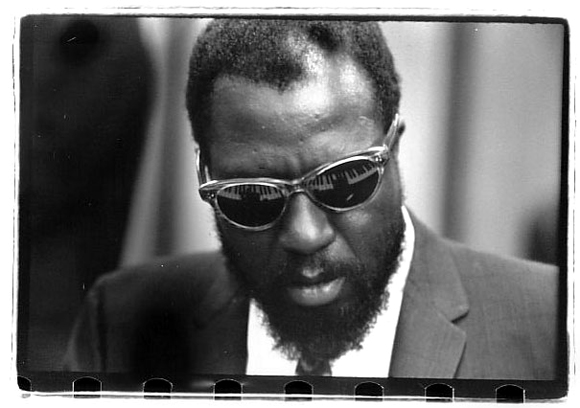
I have found that all ugly things are made by those who strive to make something beautiful, and that all beautiful things are made by those who strive to make something useful.
OSCAR WILDE

I have found that all ugly things are made by those who strive to make something beautiful, and that all beautiful things are made by those who strive to make something useful.
OSCAR WILDE




Daehyun Kim is a Korean artist living and working in Vienna, Austria. I’ve been studying the work he’s posted on his website, and have been inspired by the lyrical, storybook quality of the characters and scenes he portrays. Human, but otherworldy: these pieces are traditional and yet completely modern.
At the back of our brains, so to speak, there was a forgotten blaze or burst of astonishment at our own existence. The object of the artistic and spiritual life was to dig for this submerged sunrise of wonder; so that a man sitting in a chair might suddenly understand that he was actually alive, and be happy.
How To Be A Lunatic, The Autobiography of G. K. Chesterton

Random assortment of travel-themed matchbook covers from around the world that caught my eye. Really love the lettering on JEEP.
Erik Nitsche’s life spanned the twentieth century. He was born in Switzerland in 1908, moved to the United States at the age of 26 and died in 1998. In the meantime, he created a body of work that is pivotal to any conversation about the modern movement in graphic design. Swiss without being Müller-Brockmann. Playful without being Saul Bass. Clean without being Paul Rand. His style is decidedly Nitsche.
Below is a sampling of Mr. Nitsche’s work for General Dynamics, for whom he created an exhaustive corporate identity between 1955 and 1965. For more on his life and design prowess, check out Steven Heller’s article on Typotheque entitled Erik Nitsche: The Reluctant Modernist.


Came across these great vintage book covers from Cuba over on 50 Watts. Handmade modern at its best. I especially love the crazy arrows on La Busqueda.

Make no little plans; they have no magic to stir men’s blood and probably in themselves will not be realized. Make big plans, aim high in hopes and work, remembering that a noble, logical diagram once recorded will never die, but long after we are gone will be a living thing, asserting itself with ever-growing intensity. Remember that our sons and grandsons are going to do things that would stagger us.
Let your watchword be order and your beacon beauty.
Daniel Burnham via ACW
A truly good book teaches me better than to read it. I must soon lay it down, and commence living on its hint. What I began by reading, I must finish by acting.
HENRY DAVID THOREAU
Steve Lacy, undisputed sultan of the soprano sax, played with some of the greatest jazz composers who ever lived. He sat with the likes of Charles Mingus, Herbie Nichols and Duke Ellington. His most celebrated contributions to the world of jazz, however, took place under the watchful shades of Mr. Thelonious Monk.
Below are a handful of gems from the scrawled notes in Steve’s notebook under the heading ‘Monk’s Advice (1968)’. The pithy remarks have relevance across all creative work — whether at the keyboard of a Bösendorfer or a Macbook Pro.

1. Just because you’re not a drummer doesn’t mean that you don’t have to keep time.
2. You’ve got to dig it to dig it, you dig?
3. Don’t play everything (or every time); let some things go by… what you don’t play can be more important than what you do play.
4. When you’re swinging, swing some more!
5. (What should we wear tonight?) Sharp as possible!
6. A genius is the one most like himself.
7. Stop playing all that bullshit, play the melody!
8. Always leave them wanting more.
Thanks to Hope for sending this along

Gerd Arntz was a German modernist who created over 500 icons, or isotypes, with the ambitious goal of clear communication to the illiterate masses, newly liberated by socialism. In collaboration with Otto Neurath, they strove ‘to overcome barriers of language and culture, and to be universally understood’ to facilitate the communist revolution. Not exactly my politics, but the man was a master semiotician.
They have a wonderfully curated collection over at the Gerd Arntz Web Archive.
Don’t try to be original, just try to be good.
Paul Rand

Really lovely design work by David Pearson on the covers of the Penguin Books Great Ideas Series. These are from the latest collection (Series Five), but the other sets are just as impressive.